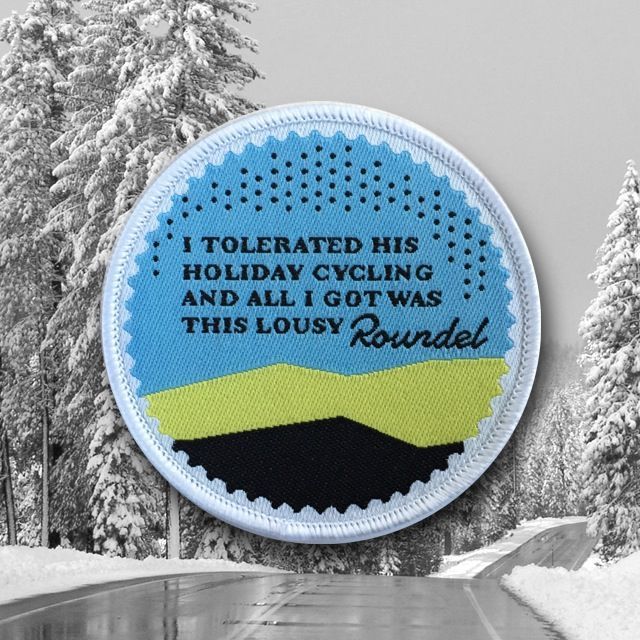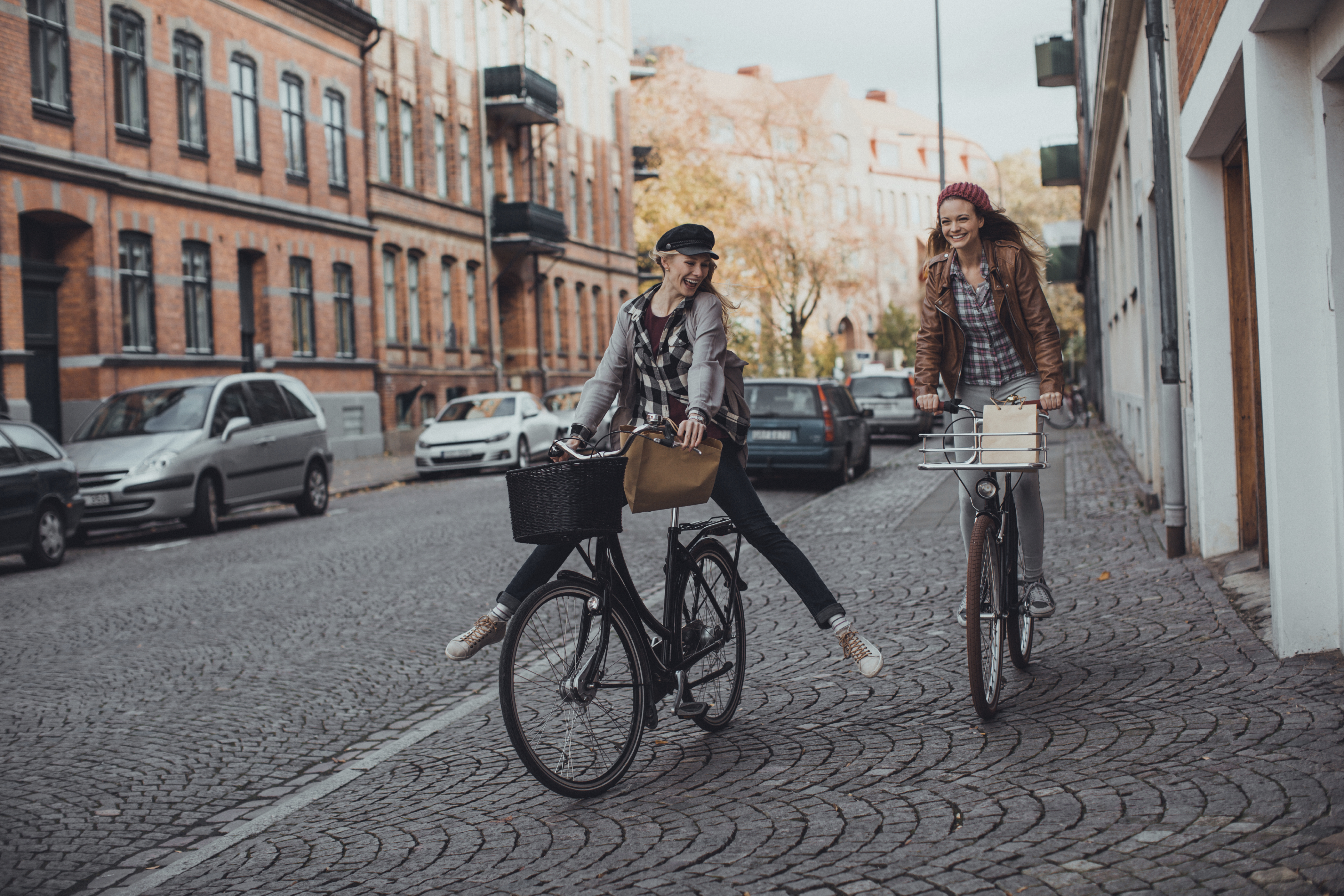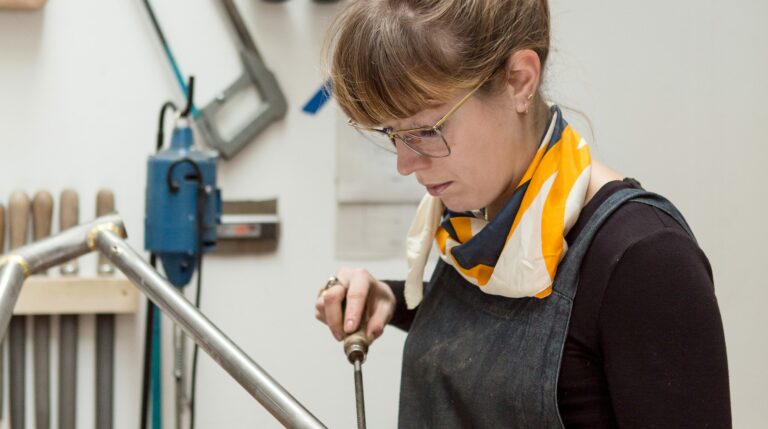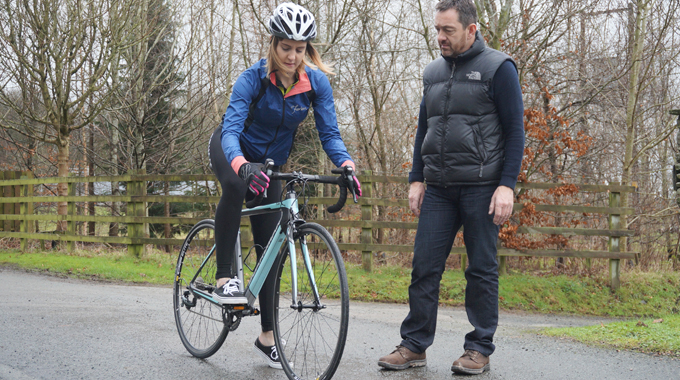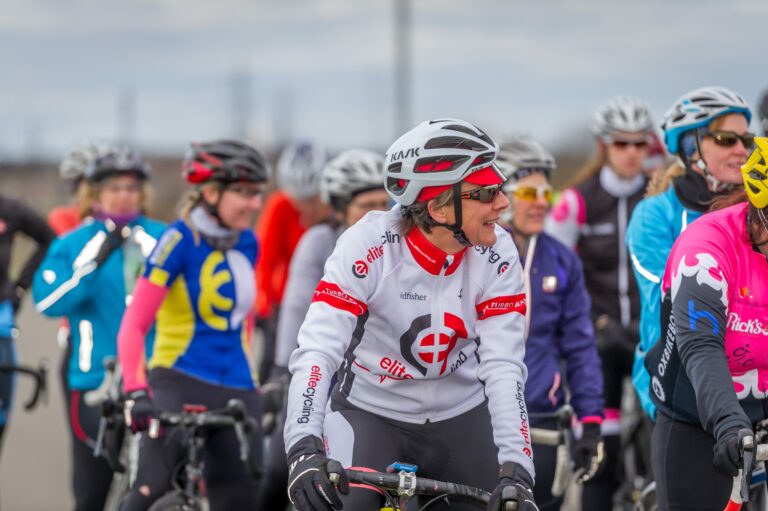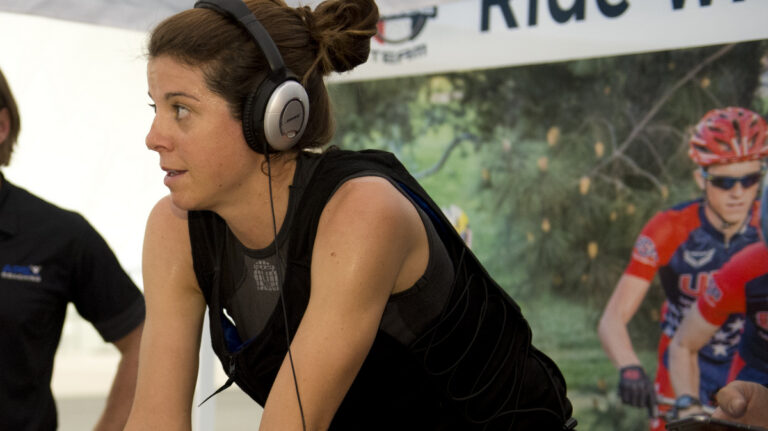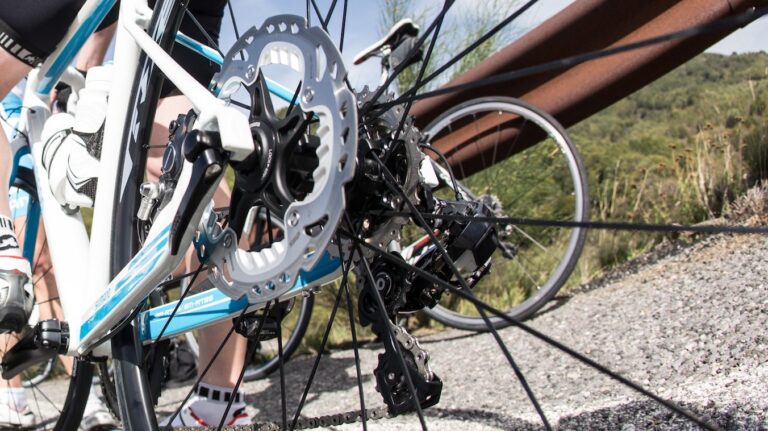I’d love to educate journalists about what everyday cycling actually is
When asked what we would change about women’s cycling in the media I said I’d love to educate journalists about what everyday cycling actually is. Opinion pieces depicting cycling as reserved for entitled middle class white men riding with aggressive disdain for everyone are missing the point and alienating women.

Lousy Roundel think Women don’t Cycle
The reason we see so many of this demographic is because the infrastructure isn’t there on the roads for more people to feel safe cycling. Of the 2% of journeys made by bike in the UK only 25% of those are made by women, and according to studies, the number one thing stopping women getting on bikes is fear of the roads. Unless we get the media on side to understand the benefits of cycling for everyone, not just a few, and start talking about it in this way, getting politicians to invest in infrastructure is going to be a hard ask.
The great thing for me about the panel was the thoughtful insights, intelligence and experience the women brought to the discussion, both on the panel and among the men and women in the audience.
Encourage and empower others…

We discussed the role women can play to encourage others to cycle, from enabling and encouraging others to take up cycling within their communities, to calling out bad practices in companies and the media, and rewarding good ones with our custom.
When I started 6 years ago I never really saw anyone in cycling media who looked like me
Walker said: “As fellow panellist Chris Garrison said, ‘Role modelling is assigned to you by other people’ – I’m more than happy to be one of these role models for other women out there, especially as when I started 6 years ago I never really saw anyone in cycling media who looked like me. So, if last night we’ve managed to empower and encourage women and men in the audience to be vocal about the positivity in cycling and keep riding, I’ve come away with a real sense of joy and excitement for the future. Let’s keep talking!”
Following the event, Mitchell said: “The audience in the room last night was amazing: empowered, confident and informed. There was a wonderful energy and a shared passion for cycling. I came home to read a huge number of supportive comments on social media. This is such an exciting time for women who cycle and it is a joy to be part of it going forward.”
Garrison said: “What I hope people take away from this event is the idea that all of us have the capacity to effect positive change, simply by speaking up. Altering the way women are portrayed in cycling media starts when people challenge those responsible for painting us in disenfranchising ways.
Don’t stay silent. Demand the changes that you want to see.
“Advocacy doesn’t have to be something that involves big companies spending big piles of cash. It can be as simple as sending a Tweet to a brand that continues to create barriers to women who wish to take up cycling, and rewarding those brands that absolutely nail it.”
“Small changes can yield big results. If women are demonstrated to be the great role models that we can be, then it will only help grow a sport that is entirely capable of having a positive impact on some pretty hefty global issues. Don’t stay silent. Demand the changes that you want to see.”
We couldn’t have said it better ourselves…
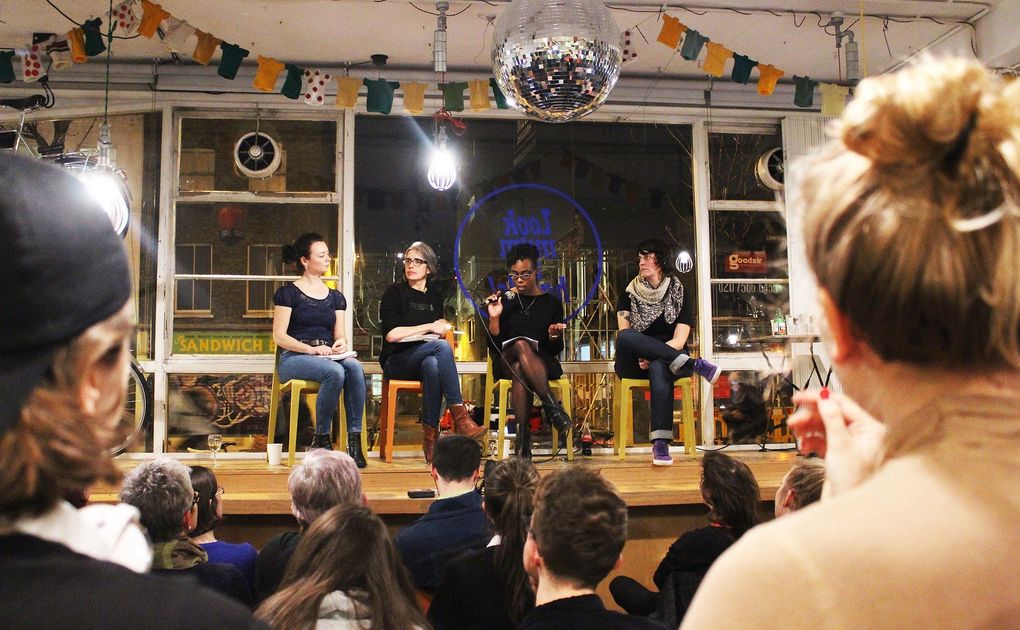


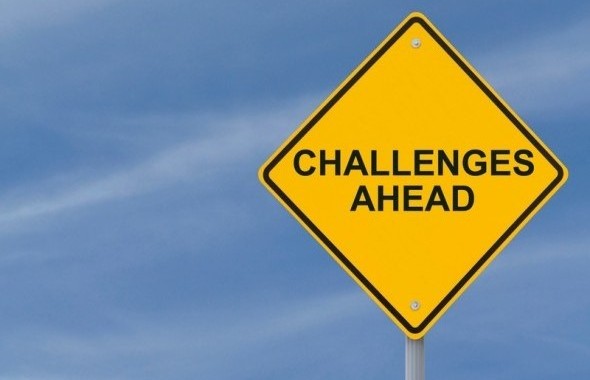
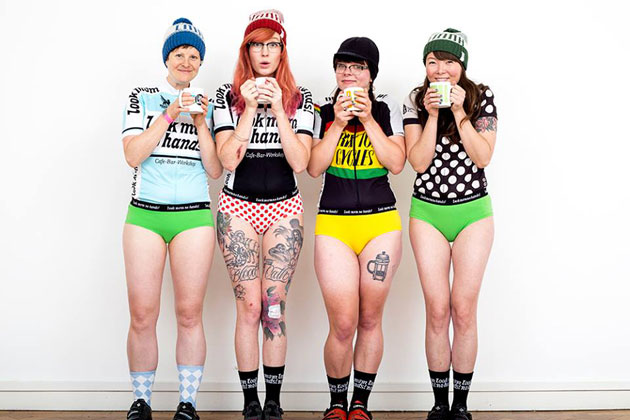
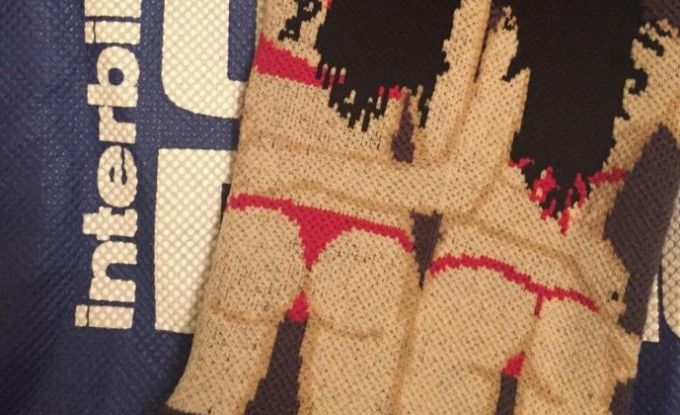
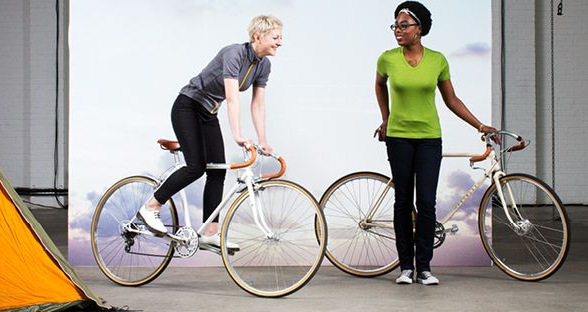 Chris Garrison feels an unconscious bias stems from a sheer lack of women in cycling media and in companies’ marketing departments, but she says the growth of cycling is going to come from women, so companies need to up their game.
Chris Garrison feels an unconscious bias stems from a sheer lack of women in cycling media and in companies’ marketing departments, but she says the growth of cycling is going to come from women, so companies need to up their game.
